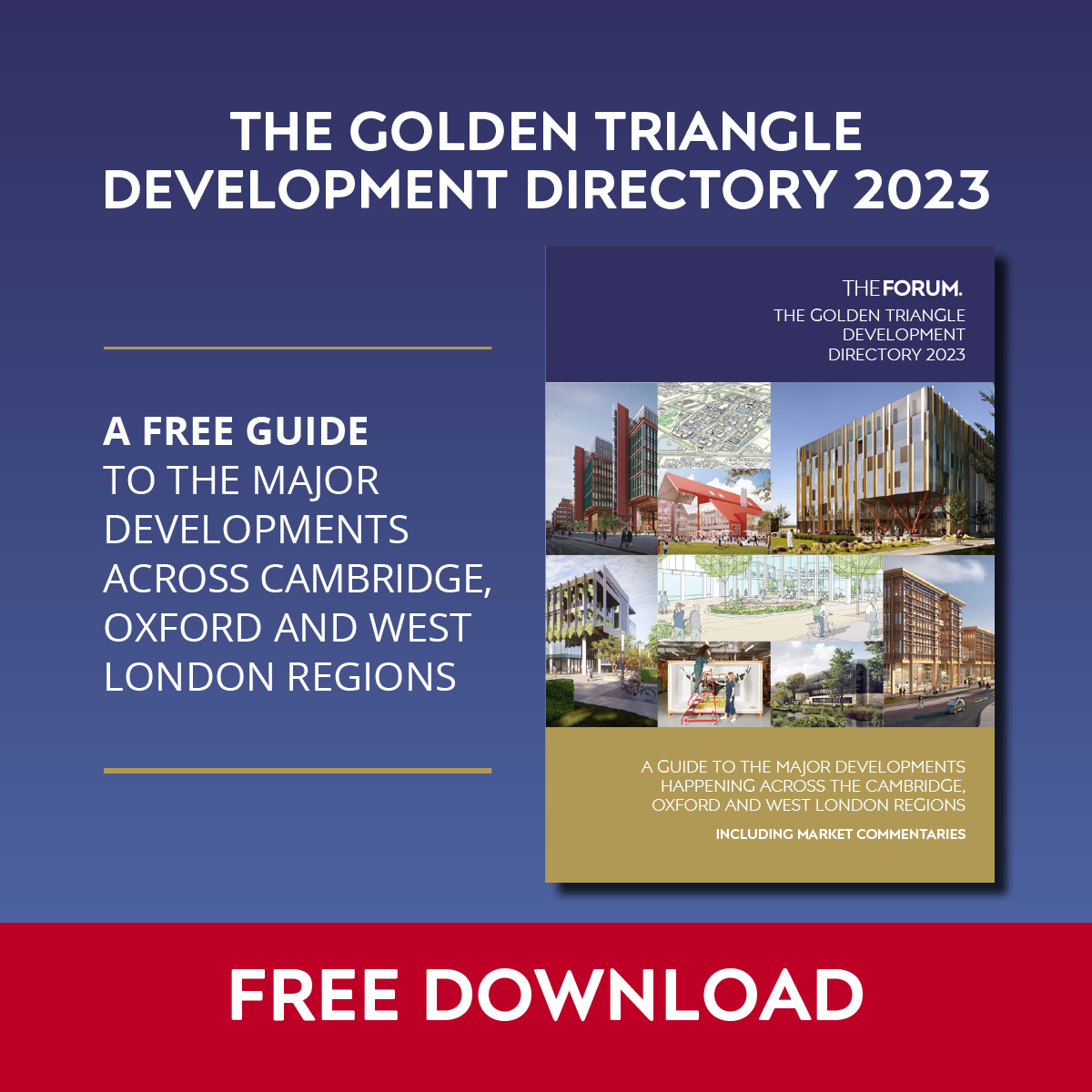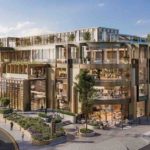Following the recent release of the first ever National Housing Audit, undertaken by The Place Alliance of UCL, David Fletcher of Evoke Transport reviewed it from a transport and highways perspective. And while he welcomes the call for less road dominated housing, he says a radical rethink is required.
The National Housing Audit reviews 142 large projects across England constructed since 2007, with the findings showing that the least successful design elements of housing developments relate to overly engineered highways and infrastructure, together with the poor integration of storage, bins and car parking.
This has led to residential developments that are unattractive and dominated by large areas of hard standing and tarmac and streets dominated by cars.
The report places the blame collectively with planning authorities, highways authorities and housebuilders.
In the report, Prof Matthew Carmona of UCL states that “highways authorities are really problematic – they’re all about getting roads as cheap as possible that can be maintained cheaply – that means large areas of tarmac with no regard for walking and cycling.”
It is my view that this has to change through a direction from national government with an ongoing process of education for local authority officers and members.
The audit asks for highways authorities to adopt the Manual for Streets (MfS) as a mandatory guidance to encourage better design and stop reverting back to DB32 guidance from the 1970s.
It calls for an end to the planning and highways disconnect and urges highways authorities to take responsibility for their part in creating positive streets and places. It looks to see highway design and highway adoption functions working in an integrated manner with planning.
Notably the Chartered Institution of Highways and Transportation (CIHT) is in talks with the Department for Transport (DfT) for a refresh of Manual for Streets. I agree the time to review MfS has arrived; is it, in itself, still fit for purpose and is it guidance that stands up to modern scrutiny, enabling developments that are planned and designed now are future proofed?
Building Better, Building Beautiful Commission’s (BBBBC) Living with Beauty document published in January 2020, calls for MfS 1&2 to be brought together into one combined manual and calls for DB32 to be firmly withdrawn to stop numerous highways authorities continuing to refer to it and its archaic thinking.
It is evident within the UCL report that the inflexibility of highways authorities in their highway adoption criteria has led to unattractive car-dominated roads and highways rather than pedestrian and cycle friendly streets.
The audit campaigns for a ‘place first’ approach to the design and adoption of highways. Is this the time for the role and remit of adopting authorities to be reappraised? Why is it that 13 years after MfS there can still be a risk adverse approach to anything slightly different in some adopting authority areas? Are we all scared of the increasing compensation culture?
The audit also campaigns for the creation of a national level parking design guide which looks at how parking can be successfully integrated to reduce on-street parking and car-dominated streets. Does this go far enough? In my opinion any future national guidance has to adopt the ‘sharing society’ approaches to parking demand. It now has to set out a future criterion for autonomous vehicles, and how the key movements of improving our health and wellbeing and the climate change agenda will be reflected?
The audit concludes by stating that schemes which do not meet minimum design requirements should be refused on design grounds and this should be supported, without question, by the Government regardless of progress towards meeting housing targets in the area.
In light of the findings of the review, it is hoped that all parties will work more collaboratively to deliver schemes which are less road-oriented, less car-dominated, more sustainable and more unique to give a greater sense of place.
I am of the opinion that the key transport and highways challenges that need to be resolved in order to create better quality housing developments that are less road-dominated and that have a true sense of place are:
1. Designing streets for pedestrians and cyclists.
2. Designing streets for public transport access.
3. Designing streets to accommodate refuse collection vehicles and emergency vehicles.
4. Designing streets that will be adopted by local highway authorities without overbearing ongoing maintenance costs.
5. Designing developments which reduce on-street parking and large parking courtyards.
All these conflicting needs can be met by creating a true hierarchy of streets with housebuilders, architects, urban designers, planners, landscape architects and transport planners working collaboratively to design a hierarchy of streets that cater for all needs and soften the dominance of the road in residential developments.
Collaboration is key here; it is the only way to design places where people want to live and which can still be delivered in a commercially viable manner. Education for local authorities is required, especially to move away from the outdated thinking within DB32.
There is a need for highways authorities to show greater flexibility to allow for better quality design, to allow for innovation and the creation of sustainable communities that meet with the changing society in future years.
Highway design guidance and parking standards need to be seen as just that – guidance – and not overly prescriptive; there should be increased flexibility to allow for greater placemaking and innovation.
The whole raison d’etre of MfS was to encourage this flexibility and to move away from the previous strict standards imposed under the DB32 regime. The report would appear to suggest that the MfS paradigm shift has yet to happen in many areas, even nearly 13 years after its first publication.
A combination of the ongoing need to deliver housing, the number of large-scale housing projects and Garden Communities proposed in the Thames Valley, gives the region the opportunity to deliver innovative, future-proofed developments with a real sense of place; developments that are sustainable and prioritise sustainable modes of transport over the use of the car.
As a collective the region should look to set itself the mandate of leading the way in the provision of exemplar design and planning.
I am of the opinion that Garden Communities provide the perfect litmus test for radical forward thinking and innovative transport solutions and a new approach to design. The opportunity to change our lifestyles and transport choices should be explored through driverless cars, Mobility as a Service (MaaS), demand-responsive public transport and increased pedestrian and cycle permeability.
Whilst local highway authorities want developers and transport planners to model the worst-case transport impact, do we really need to design for the worst case impact? If we design wide roads with significant capacity will we ever encourage people out of their cars?
© Thames Valley Property No 197 (tvproperty.co.uk)














